





Opossums
How to Get Rid of Opossums Humanely
Although opossums are probably not the most destructive creatures that come across your yard, they have the potential to make a mess - especially when they enter your home. Below, Havahart® provides step-by-step instructions teaching you how to get rid of opossums and how to prevent opossum damage effectively.
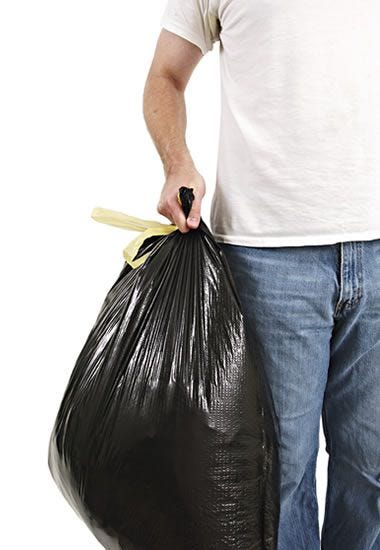
1 Remove Attractants
Opossums are scavengers that enter your yard in search of food and shelter. They're very resourceful, so they will eat any kind of plant or animal matter available. They will also find shelter in any covered, dry area - from brush piles to attics. Remove these attractants to keep opossums out.
- Clean up fallen berries, fruits and birdseed.
- Avoid feeding your pets outside. If you must do so, remove all leftover food before dusk.
- Scrub grills and barbecues after every use.
- Secure garbage and compost in animal-proof containers with tight-fitting lids.
- Remove woodpiles and logs in which opossums can find shelter.
TIP: Opossums use their noses to seek food, and they have an extremely keen sense of smell. In addition to securing your trash, it's important to clean the containers periodically to remove any additional leaked juices or smells that may also attract them.
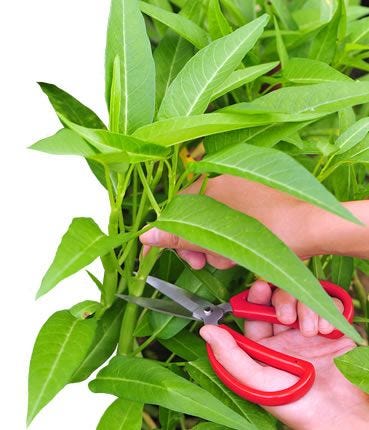
2 Limit Accessibility
Most opossum damage occurs when they gain access to your home, barn or poultry house. They can take shelter in your attic, destroying insulation and excreting waste, or raid your chicken coops, stealing eggs and baby chicks. Being diligent in limiting the accessibility to these areas will help keep opossum damage to a minimum.
- Trim tree branches that hang within 10 feet of your roof - opossums are skilled tree climbers and can jump up to 10 feet, often gaining access to attics in this way.
- Close off all entryways to poultry houses, sheds, garages, basements, etc.
- Fix broken vents, screens, foundation and siding through which opossums can enter to invade your home.
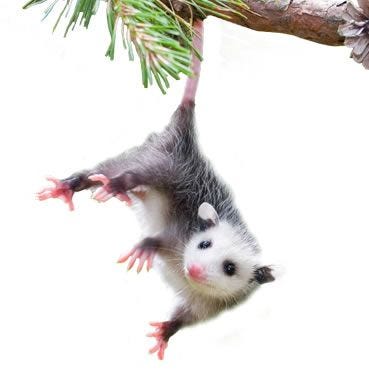
3 Identify Areas of Damage
In order to select an opossum control method and target it's placement, you'll have to identify the general habits and whereabouts of your opossums.
Destructive habits include:
- pilfering tipped trash cans
- stealing fruits, berries and bird seed
- raiding barns or poultry houses - stealing eggs or chicks
- nesting in your attic, basement or crawlspace - destroying ductwork and/or chewing through electrical wires
- living underneath your house/porch
4 Choose the Right Control Method
Once you determine where your opossums are living and the nature of the damage they are causing, choose one or more of the below methods to remedy your specific problem.
Live Opossum Traps
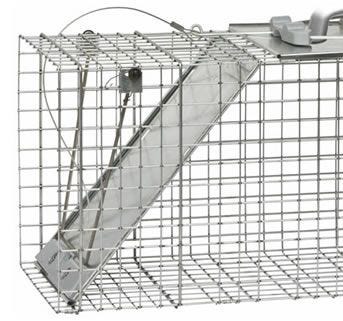
One of the most effective ways to get rid of an opossum - and the only way to get rid of one inside your home - is to manually remove it with a live opossum trap. Some tips to keep in mind include:
- The best time of year to trap an opossum is from late fall to early winter, before the breeding season begins.
- Opossums are nocturnal; only keep your trap set at night to avoid catching any unwanted critters.
- Bait your trap with a smelly bait like fish.
For more opossum trapping tips, read How to Trap an Opossum »
Shop Traps »Electronic Opossum Repellents
Because commercial opossum repellents are rarely effective, the best opossum repellents are electronic, like motion-activated sprinklers. Repelling devices like these are far more consistent in repelling opossums, and they're eco-friendly - so you can use them to protect a variety of areas such as:
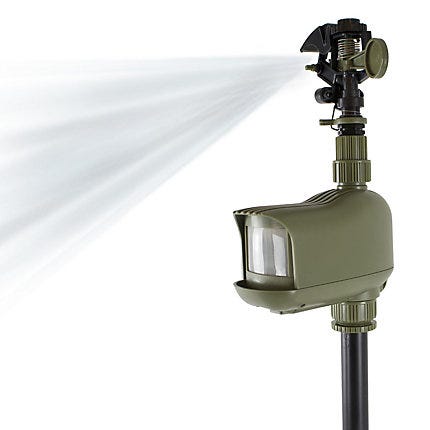
- yards/lawns
- poultry houses
- entryways
- compost bins
- houses
- pools/ponds
- pathways
- gardens
- barns
- parks
- garbage cans
- trees
For more repelling tips, read How to Repel Opossums »
Shop Repellents »Fencing
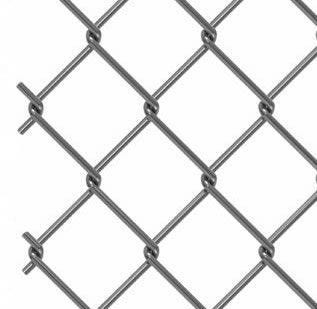
Although opossums are skilled climbers, a properly installed fence can make it more of a challenge for them to enter certain areas. For the best fence, follow these guidelines:
- Use woven wire fencing at least 3-4 feet high.
- Make the fence more difficult to climb over by adding an outward angle at the top of the fence.
It's important to close off all areas that may allow access underneath porches, stairways, and crawlspaces. Install steel wire mesh or sheet metal, covering all openings.
Expert Tips
- Before using a live opossum trap, refer to your local wildlife commission to learn the trapping and relocating laws in your area.
- Although opossums do not dig their own burrows, they often take shelter in those dug and abandoned by other species. To prevent opossums from finding a home in your yard, fill any abandoned burrows with gravel or cover the entrances by burying wire mesh over each. VERY IMPORTANT: Make sure a burrow is unoccupied before taking action to exclude an opossum from it.
- Opossums can give birth to up to 2-3 litters per year, with an average of 4-8 joeys per litter. It's important to begin opossum control at the first signs of damage to avoid a larger infestation.
- Combining control solutions will give you the best defense against opossums.
